Home>Gardening & Outdoor>Landscaping Ideas>What Does Grass Do For The Environment
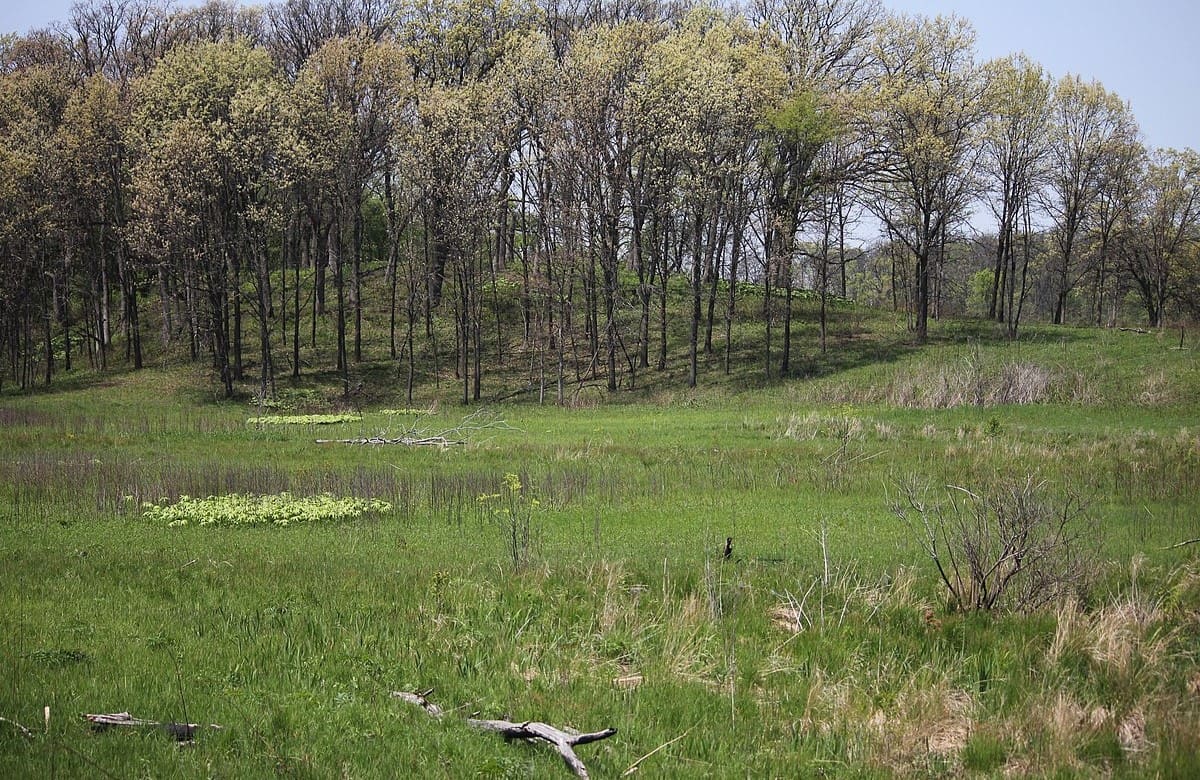

Landscaping Ideas
What Does Grass Do For The Environment
Published: January 26, 2024
Discover how grass benefits the environment and find sustainable landscaping ideas to enhance your outdoor space. Learn about the eco-friendly advantages of a well-maintained lawn.
(Many of the links in this article redirect to a specific reviewed product. Your purchase of these products through affiliate links helps to generate commission for Storables.com, at no extra cost. Learn more)
Introduction
When we think of grass, we often picture lush lawns and verdant landscapes. However, the environmental impact of grass extends far beyond its aesthetic appeal. From purifying the air we breathe to preserving the integrity of our soil, grass plays a crucial role in maintaining the delicate balance of our ecosystem. In this article, we will explore the multifaceted contributions of grass to the environment, shedding light on its often underappreciated significance.
As we delve into the myriad ways in which grass enriches the environment, we will uncover its role in oxygen production, soil erosion prevention, carbon sequestration, biodiversity support, and water filtration. By understanding the profound impact of grass on the environment, we can cultivate a deeper appreciation for this ubiquitous yet extraordinary component of the natural world.
Key Takeaways:
- Grass is not just a pretty green carpet; it’s a superhero for the environment! It makes oxygen, stops soil from washing away, stores carbon, supports diverse wildlife, and cleans our water. Grass is amazing!
- Grass is like a natural air and water purifier. It helps make the air we breathe, prevents soil erosion, stores carbon to fight climate change, supports many different plants and animals, and keeps our water clean. Grass is a true environmental champion!
Read more: How Does Grass Benefit The Environment
Oxygen Production
Grass, through the process of photosynthesis, serves as a vital contributor to the Earth’s oxygen supply. Just like trees, grass absorbs carbon dioxide and releases oxygen, playing a crucial role in maintaining the delicate balance of atmospheric gases. In fact, grasslands are estimated to produce a significant portion of the world’s oxygen, making them indispensable in sustaining life on our planet.
It’s fascinating to consider that the expanses of grass that carpet our landscapes are tirelessly converting sunlight into precious oxygen, a process that is often taken for granted. This oxygen not only supports human and animal respiration but also contributes to the overall air quality, making grass a silent yet powerful ally in our quest for a cleaner, healthier environment.
Soil Erosion Prevention
Grass serves as a natural barrier against soil erosion, a critical environmental concern with far-reaching consequences. The intricate network of grass roots acts as a stabilizing force, anchoring the soil and preventing it from being carried away by wind or water. This function is particularly crucial in areas prone to erosion, such as sloped landscapes and riverbanks.
By forming a dense and resilient mat beneath the surface, grass effectively mitigates the impact of rainfall and runoff, reducing the loss of topsoil and preserving the integrity of the land. This not only safeguards the fertility of the soil but also protects waterways from sedimentation, ultimately contributing to the overall health of the ecosystem.
Furthermore, the role of grass in preventing soil erosion extends to its ability to break the impact of raindrops, minimizing soil compaction and promoting optimal water absorption. As a result, grass-covered areas are better equipped to withstand environmental stressors, ensuring the long-term sustainability of the soil and the ecosystems it supports.
Carbon Sequestration
Grasslands play a pivotal role in the global carbon cycle, acting as a significant carbon sink and aiding in the sequestration of atmospheric carbon dioxide. The extensive root systems of grasses store substantial amounts of carbon below the ground, effectively removing carbon from the atmosphere and mitigating the impacts of climate change.
Through a process known as carbon sequestration, grasses capture and store carbon in the soil, a mechanism that helps offset the carbon emissions resulting from human activities. This natural carbon storage not only contributes to the regulation of atmospheric carbon levels but also fosters the health and fertility of the soil, creating a win-win scenario for both the environment and agricultural productivity.
Moreover, the preservation of grasslands is essential in maintaining this crucial carbon sequestration capacity. By safeguarding existing grassy ecosystems and promoting the restoration of degraded grasslands, we can maximize their potential as carbon sinks, thereby bolstering our efforts to combat climate change and its associated environmental impacts.
Tip: Grass helps the environment by absorbing carbon dioxide, preventing soil erosion, and providing habitat for wildlife. Planting native grasses can further support local ecosystems.
Biodiversity Support
Grasslands are vibrant ecosystems that harbor an astonishing array of plant and animal species, making them invaluable contributors to biodiversity. The diverse vegetation found in grasslands provides essential habitats for an array of wildlife, from insects and small mammals to larger herbivores and predators. This rich tapestry of life underscores the critical role that grass plays in sustaining a thriving and balanced ecosystem.
Furthermore, the intricate root systems of grasses create a favorable environment for soil-dwelling organisms, fostering a complex web of interactions that underpin the health and resilience of the ecosystem. This underground biodiversity is just as vital as the visible flora and fauna, contributing to nutrient cycling, soil structure, and overall ecosystem stability.
Grasslands also support a remarkable diversity of plant species, each with its unique adaptations and ecological significance. This botanical richness not only adds to the aesthetic appeal of grasslands but also plays a crucial role in supporting pollinators, herbivores, and other wildlife, thereby perpetuating the intricate web of life that thrives within these dynamic environments.
By preserving and nurturing grasslands, we can safeguard the remarkable biodiversity they harbor, ensuring the continued existence of countless species and the ecological services they provide. This, in turn, contributes to the overall health and resilience of our planet’s ecosystems, emphasizing the indispensable role of grass in supporting biodiversity.
Read more: What Does Sweetgrass Do
Water Filtration
Grasslands play a vital role in the filtration and purification of water, contributing to the maintenance of clean and healthy aquatic ecosystems. The intricate root systems of grasses act as natural filters, trapping sediments, nutrients, and pollutants, thereby preventing them from entering water bodies such as rivers, streams, and lakes.
By slowing the flow of water and promoting infiltration, grasslands help to recharge groundwater reserves while reducing the risk of flooding and soil erosion. This not only sustains the availability of freshwater resources but also safeguards the quality of aquatic habitats, benefiting a wide array of aquatic organisms and contributing to the overall health of aquatic ecosystems.
Moreover, the role of grass in water filtration extends to its ability to mitigate the impacts of urban and agricultural runoff. By capturing and retaining pollutants and excess nutrients, grasslands serve as a natural buffer, minimizing the contamination of water bodies and preserving their ecological integrity.
Furthermore, the preservation and restoration of grasslands in riparian areas are particularly crucial for water quality, as these habitats play a pivotal role in stabilizing stream banks, reducing sedimentation, and providing essential habitat for aquatic species. By recognizing the invaluable contribution of grasslands to water filtration, we can prioritize their conservation and sustainable management, thereby safeguarding the health and resilience of aquatic ecosystems.
Conclusion
Grass, often overlooked in its environmental significance, emerges as a silent yet formidable force in sustaining the delicate balance of our planet’s ecosystems. From its role in oxygen production to its contributions to soil erosion prevention, carbon sequestration, biodiversity support, and water filtration, grass stands as a stalwart guardian of the environment, offering a myriad of benefits that reverberate throughout the natural world.
By recognizing and celebrating the multifaceted contributions of grass to the environment, we gain a deeper appreciation for the intricate web of life that underpins our planet’s ecological harmony. The preservation and sustainable management of grasslands are essential not only for the myriad ecosystem services they provide but also for the diverse array of plant and animal species that call these dynamic habitats home.
As we navigate the complex challenges posed by climate change, habitat loss, and environmental degradation, the pivotal role of grass in mitigating these impacts becomes increasingly apparent. By championing the conservation and restoration of grasslands, we can harness the remarkable potential of these ecosystems to sequester carbon, support biodiversity, and safeguard the quality of our air and water.
In essence, the humble grass embodies the resilience and interconnectedness of the natural world, offering a compelling testament to the profound impact of seemingly unassuming elements of our environment. Through our collective efforts to understand, protect, and nurture the vital contributions of grass to the environment, we can cultivate a more sustainable and harmonious coexistence with the natural world, ensuring a legacy of thriving ecosystems for generations to come.
Frequently Asked Questions about What Does Grass Do For The Environment
Was this page helpful?
At Storables.com, we guarantee accurate and reliable information. Our content, validated by Expert Board Contributors, is crafted following stringent Editorial Policies. We're committed to providing you with well-researched, expert-backed insights for all your informational needs.
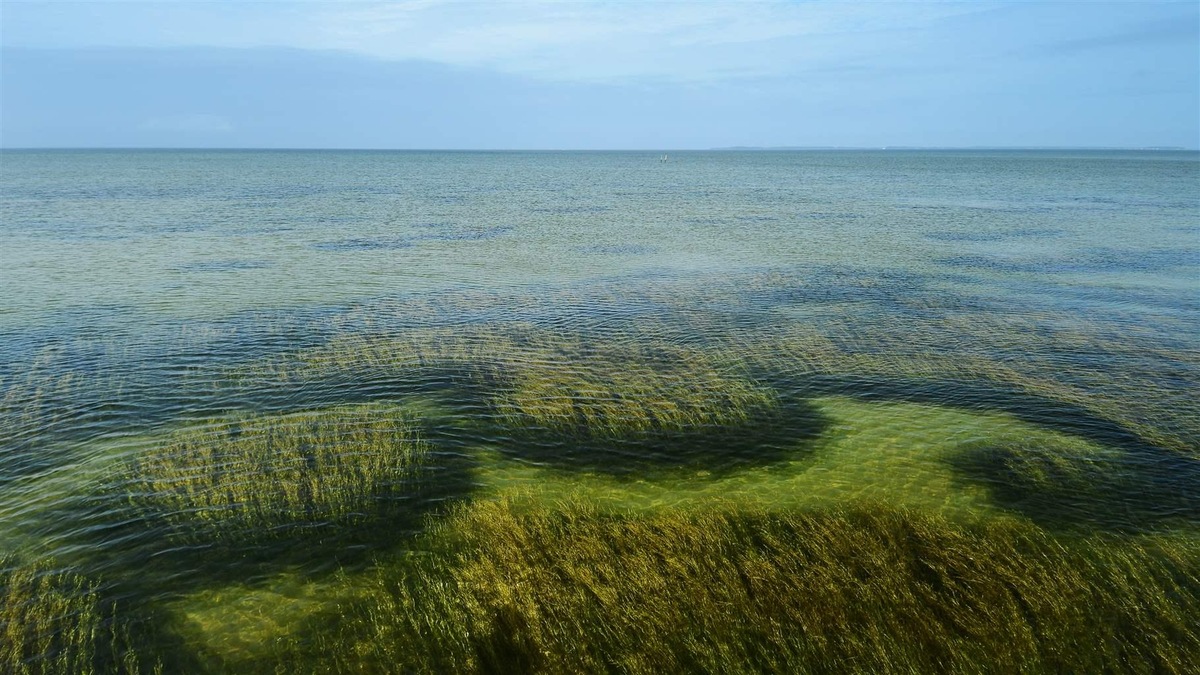
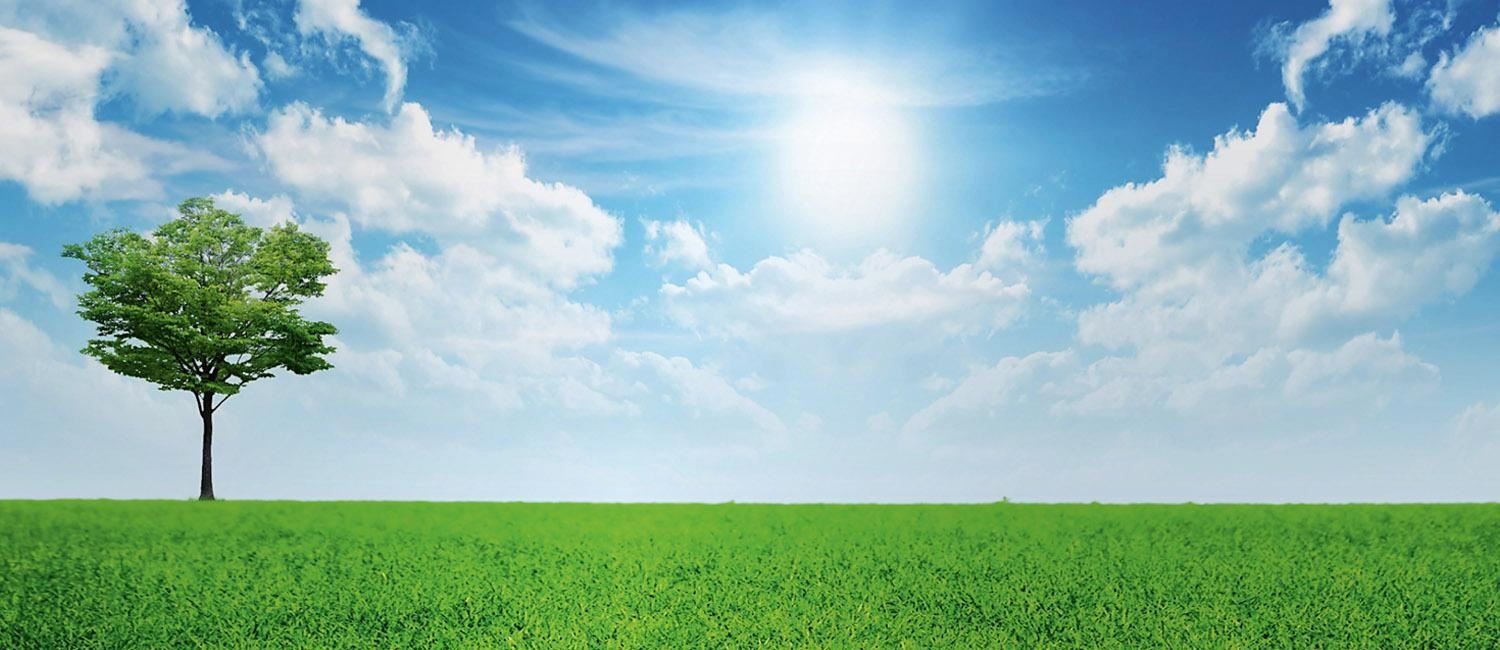
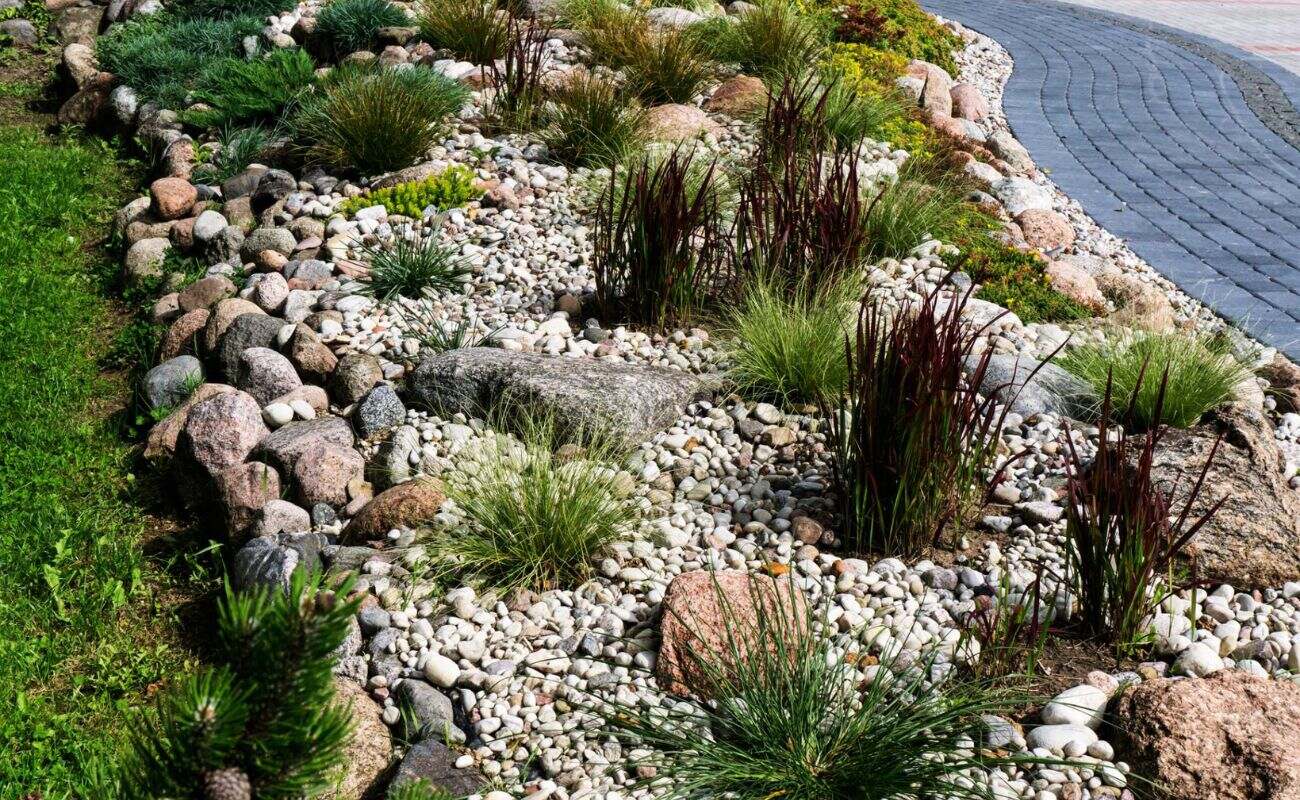
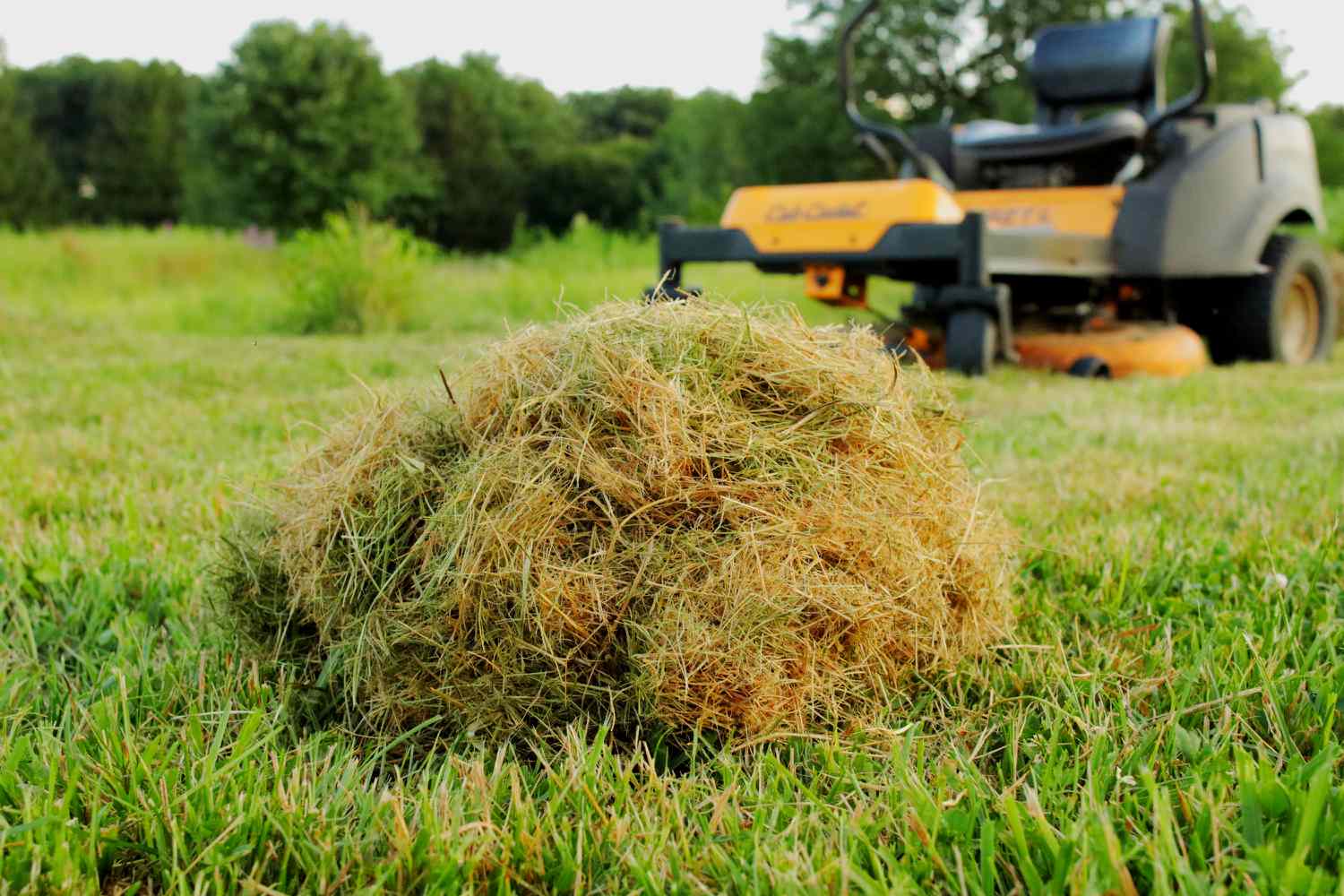


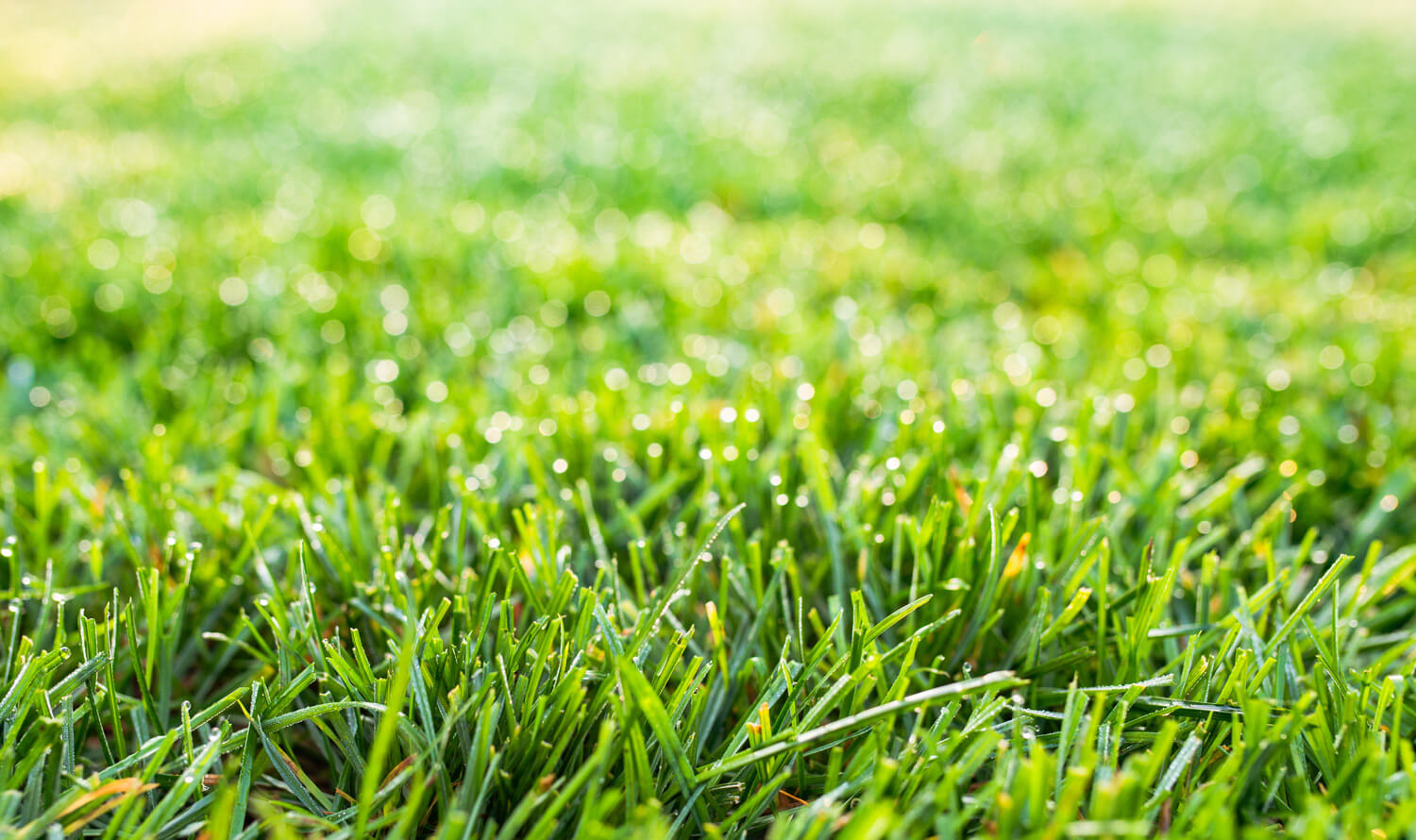
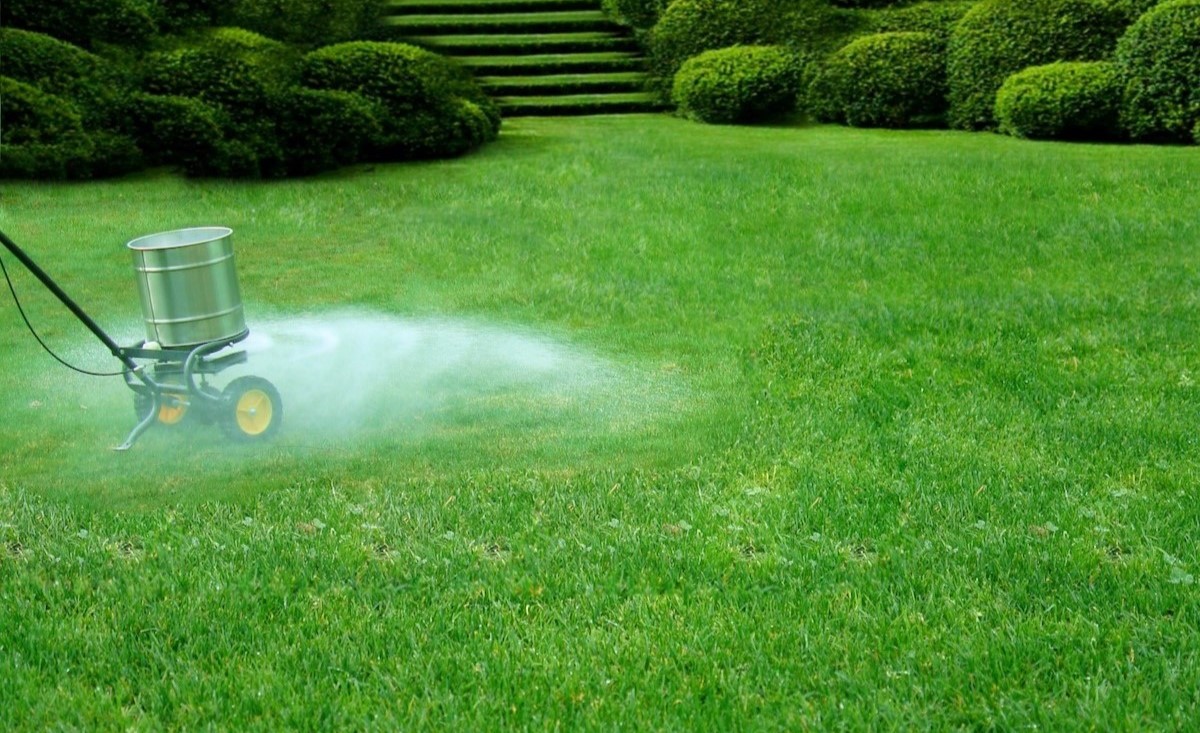
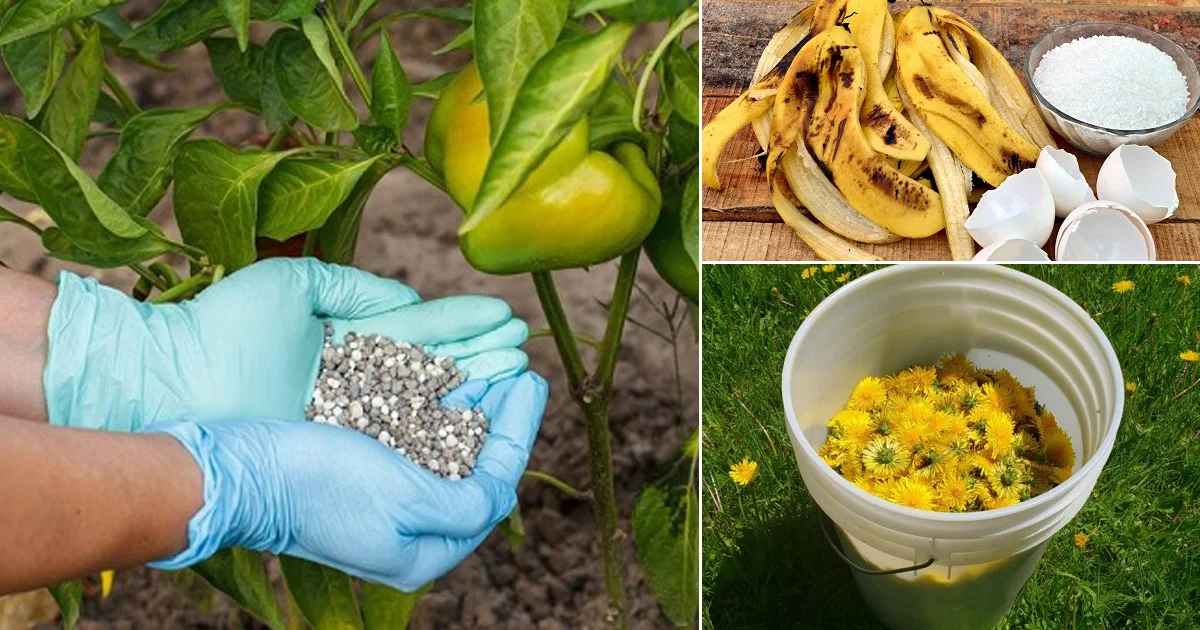
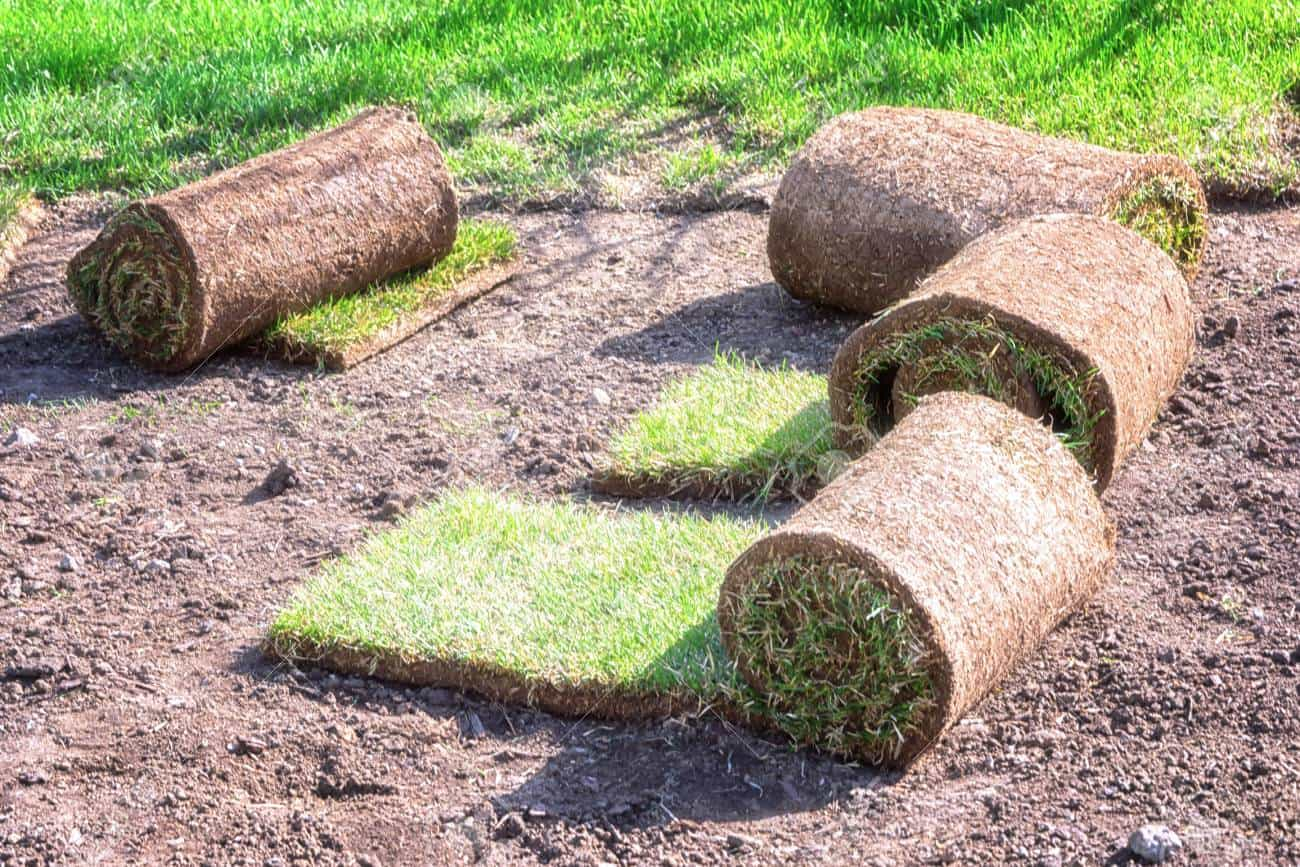
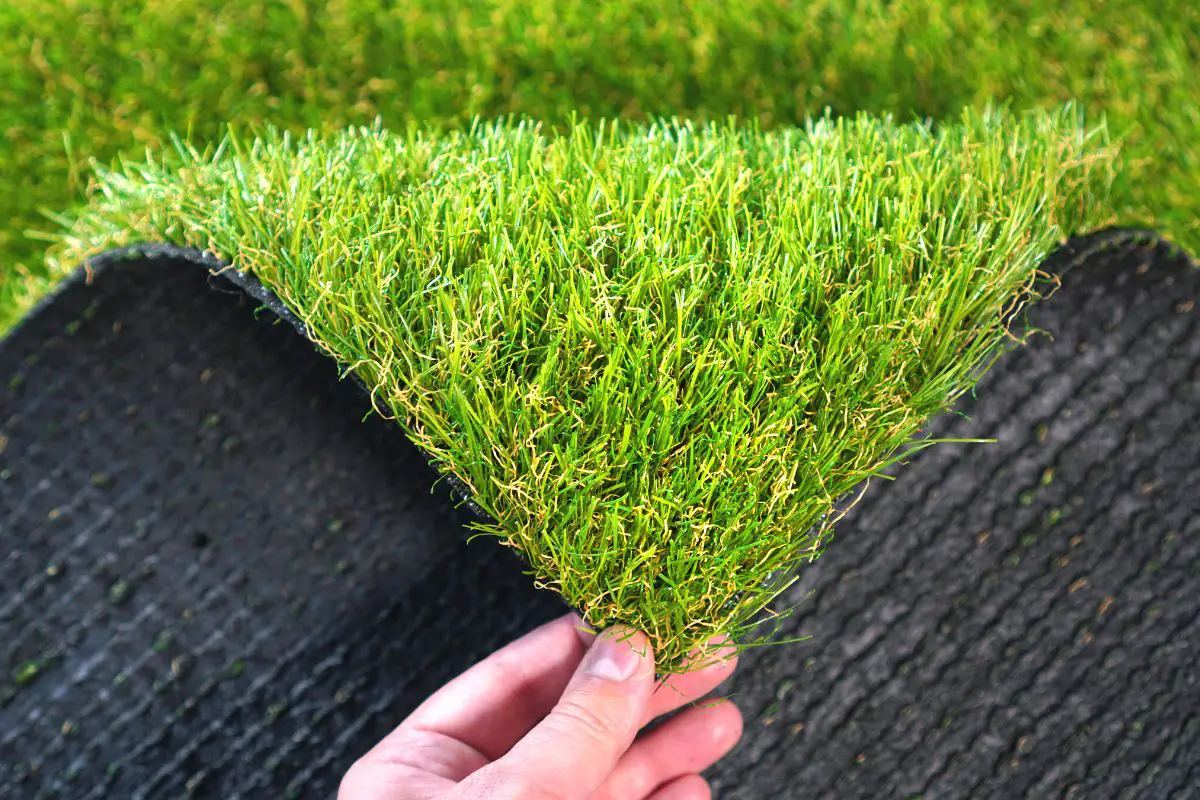
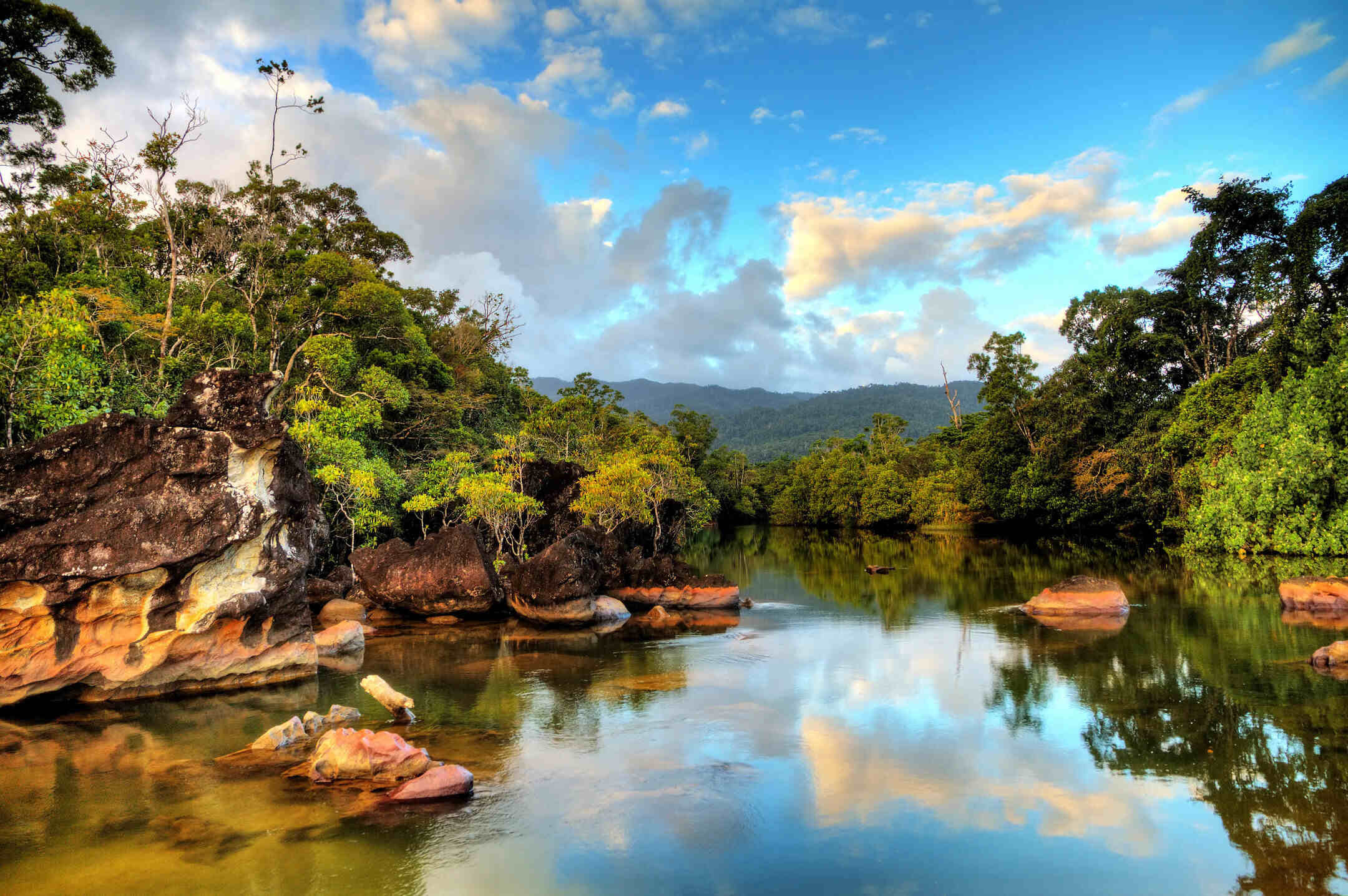
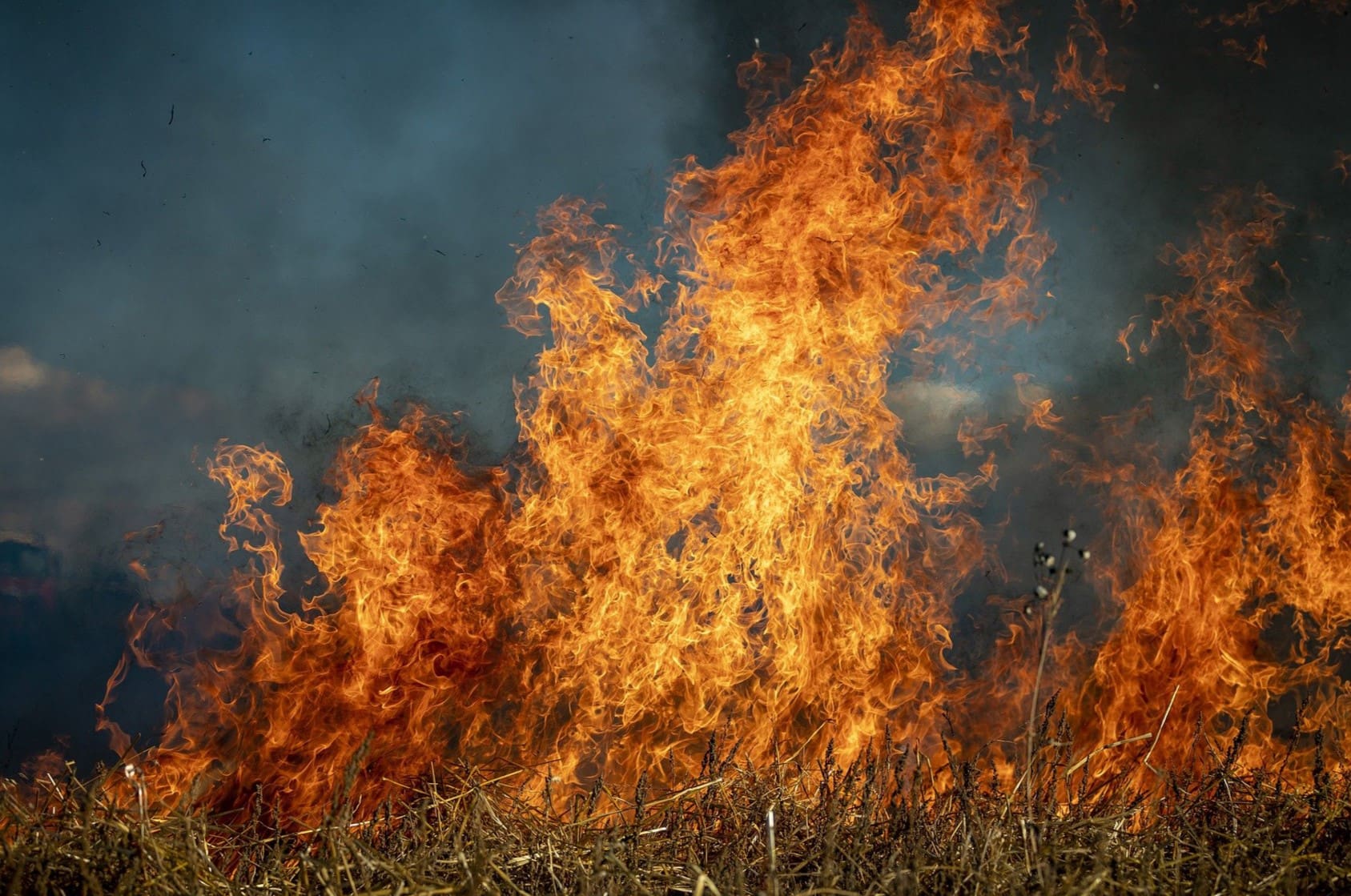
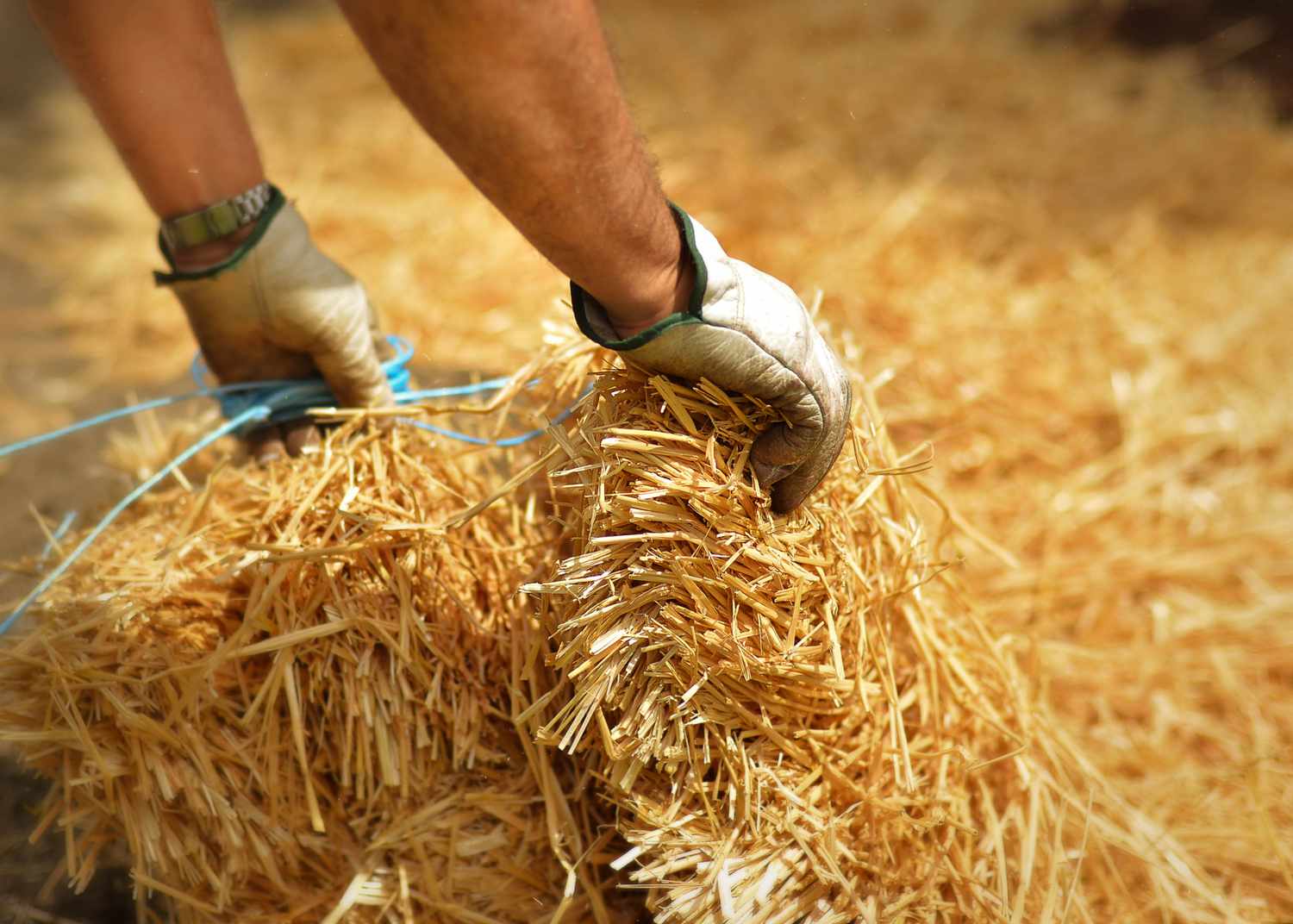

0 thoughts on “What Does Grass Do For The Environment”